If you know you are a beginner or new to this so it’s very confusing. when If you’re new to fitness, creating a balanced workout routine can feel overwhelming. Starting your fitness journey is exciting! With the right approach, you can create a routine that helps you reach your goals. So, don’t worry! Beginners need a balanced workout routine with strength, cardio, flexibility, and rest. This combination helps improve health, prevent injuries, and keep you motivated.
In this article, we will cover the basics of making a workout plan for beginners. We’ll also suggest some products to help you start. Let’s start with some understanding.
Why a Balanced Workout Routine Matters
A balanced workout routine ensures that you are training your body in a holistic manner. For beginners, this means:
-
Building Strength: Strengthening muscles supports daily activities and improves posture.
-
Improving Cardiovascular Health: Cardio boosts heart health and stamina.
-
Enhancing Flexibility: Stretching reduces injury risk and improves mobility.
-
Allowing Recovery: Rest days help muscles repair and grow stronger.
Add these elements to avoid burnout, lower the risk of injury, and keep making steady progress. Let’s explore how to create your routine step by step.
Step 1: Set clear, realistic goals
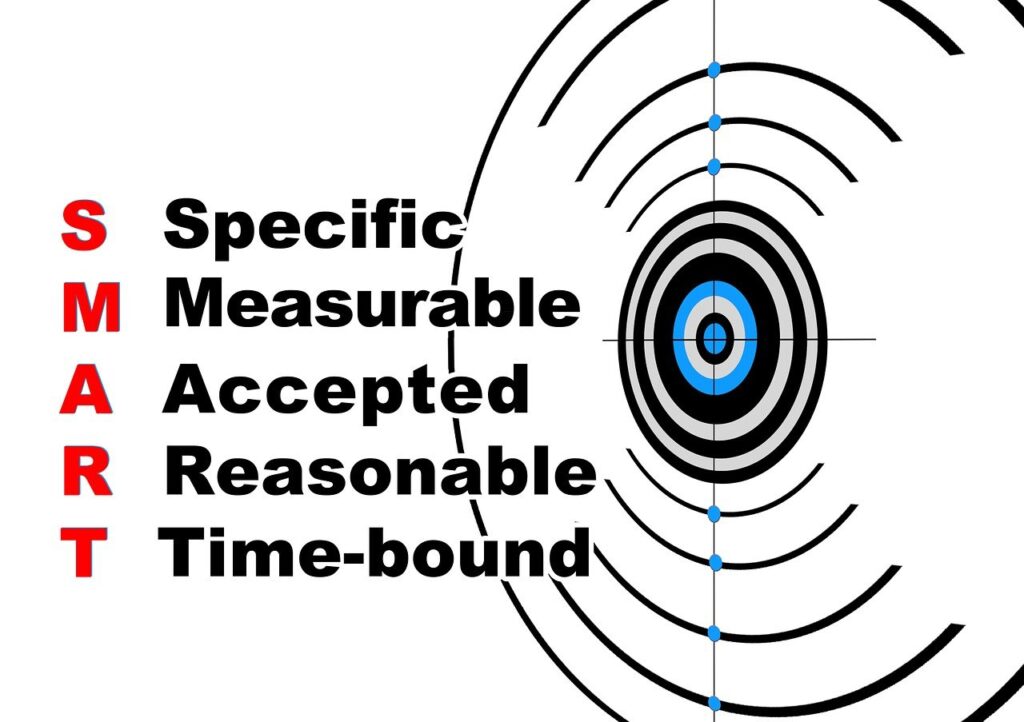
Before starting, define what you want to achieve. Are you looking to build strength, lose weight, boost endurance, or feel healthier? Setting specific, measurable, and realistic goals will guide your routine. For example:
Step 2: Understand the components of a balanced routine

A balanced workout routine for beginners should include:
-
Strength Training (2–3 days per week): Focuses on building muscle and bone density. Bodyweight exercises or light weights are perfect for beginners.
-
Cardio (2–3 days per week): Improves heart health and burns calories. Options include walking, cycling, or jogging.
-
Flexibility and Mobility (Daily or 2–3 Days per Week): Do stretching or yoga. They assist you in moving with greater ease and can reduce muscle soreness.
-
Rest and Recovery (1–2 days per week): Allow your body to repair and prevent overtraining.
Step 3: Design Your Weekly Workout Schedule
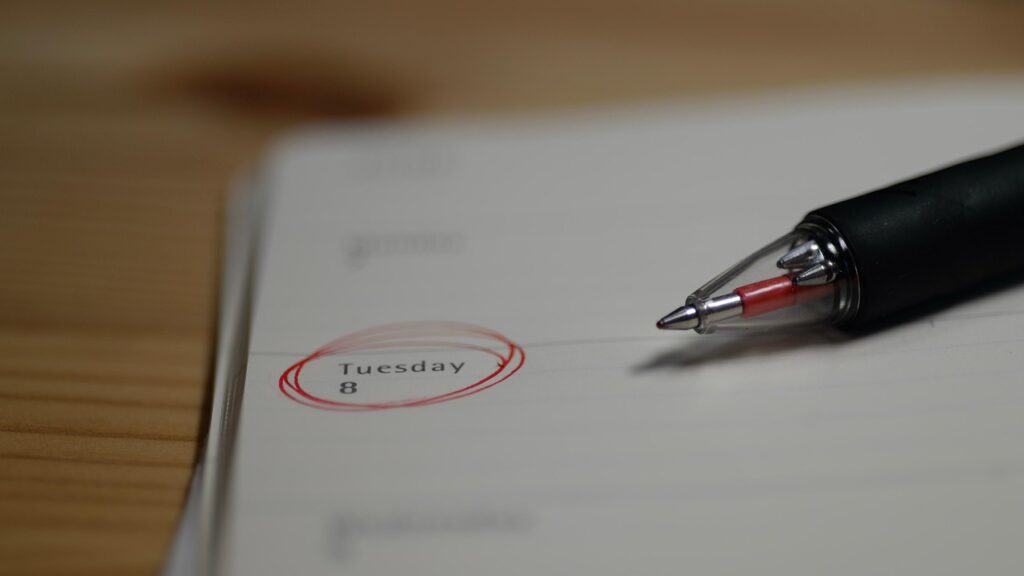
Here’s a sample weekly workout plan for beginners, assuming you can commit to 4–5 days of exercise:
-
Monday (Strength): 30-minute bodyweight workout (squats, push-ups, lunges, planks).
-
Tuesday (Cardio): 20–30 minutes of brisk walking or cycling.
-
Wednesday (Rest or Active Recovery): Light stretching or a 10-minute yoga flow.
-
Thursday (Strength): 30-minute workout with dumbbells or resistance bands.
-
Friday (Cardio): 20–30 minutes of jogging or a dance workout video.
-
Saturday (Flexibility): 15–20 minutes of yoga or stretching.
-
Sunday (Rest): Engage in complete rest or take a walk at a relaxed pace.
Tip: Begin with 20 to 30 minutes for each session. As you feel more confident, increase the duration or intensity over time.
Step 4: Choose exercises designed for beginners
Here’s a breakdown of exercises for each component:
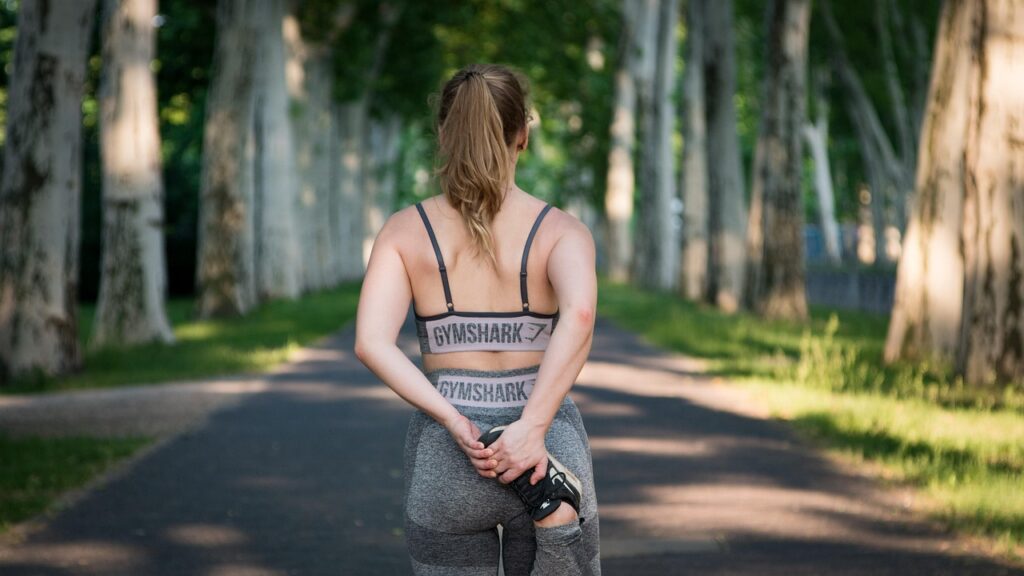
Strength Training
-
Bodyweight squats: 3 sets of 10–12 reps to strengthen the legs and glutes.
-
Modified Push-Ups: 3 sets of 8–10 reps (on knees if needed) for the chest and arms.
-
Plank: Hold for 15–30 seconds, 3 times, to build core strength.
-
Dumbbell Rows: 3 sets of 10 reps per arm (use light dumbbells) for the back and shoulders.
Here is the recommended product. You can also check out the Basics Vinyl-Coated Dumbbells. They are perfect for beginners who want to add resistance without risk.
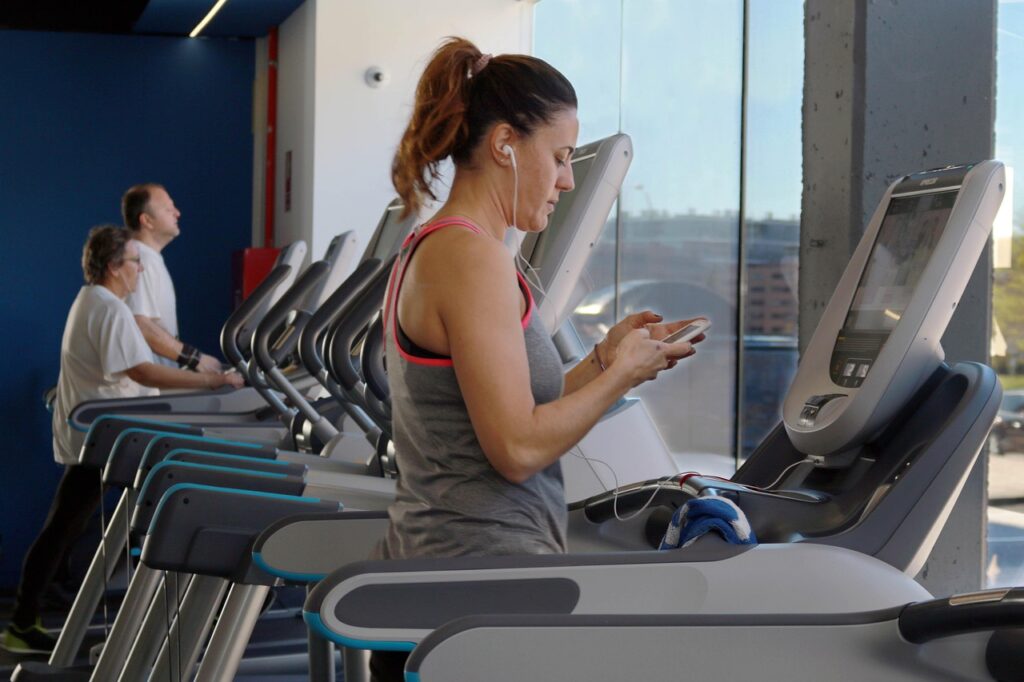
Cardio
-
Brisk Walking: Aim for a pace where you can talk but feel slightly out of breath.
-
Stationary Cycling: Use a bike or indoor trainer for low-impact cardio.
-
Jump Rope: 5–10 minutes for a fun, high-energy workout.
Recommended Product: GoxRunx Jump Rope, Adjustable – Lightweight and adjustable for cardio at home.
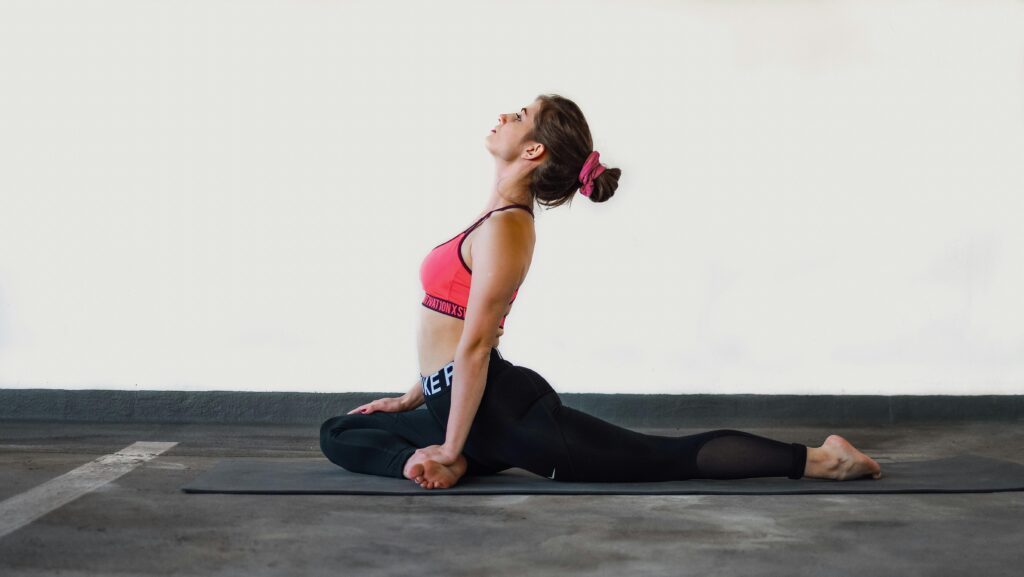
Flexibility and Mobility
-
Cat-Cow Stretch: 5–10 reps to warm up the spine.
-
Hamstring Stretch: Hold for 20–30 seconds per leg.
-
Yoga Flow: Follow a beginner yoga video for 15–20 minutes.
This is the best Flexible and Mobility Gaiam Essentials Yoga Mat – non-slip and comfortable for stretching or yoga.
Step 5: Focus on proper form and safety
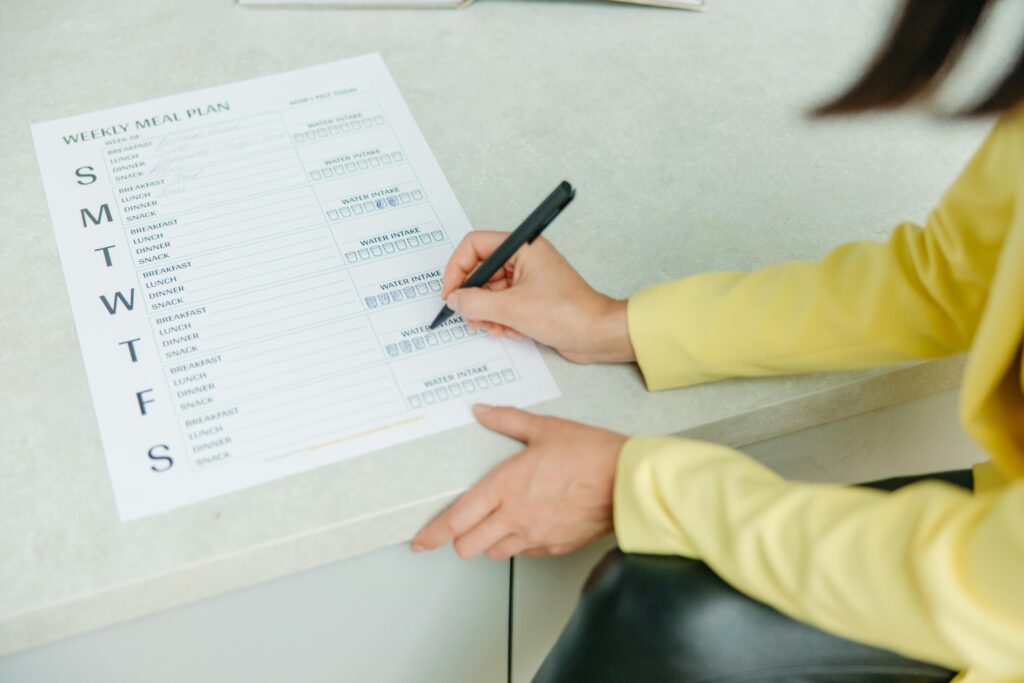
As a beginner, focusing on proper form is crucial to avoid injury. Here are some tips:
-
Watch tutorials: Use YouTube or fitness apps to learn the correct exercise form.
-
Start light: Use your body weight or light weights. This helps you master the technique before you add more intensity.
-
Listen to Your Body: Stop if you feel pain (don’t confuse it with muscle fatigue).
-
Warm-Up and Cool-Down: Spend 5 minutes warming up (e.g., marching in place) and cooling down with stretches.
Here is the best solution: Tracking your Fitness Workout – with this, you can find mistakes, correct them ahead with your mistakes, and make them better.
Step 6: Track progress and stay motivated

Tracking your workouts keeps you accountable and shows progress. Use a notebook, app, or printable tracker to log:
Recommended Product: Fitlosophy Fitbook Fitness Journal – Use this journal to log your workouts and nutrition goals. Also, you can try with this All over Health and Fitness Tracker Watch: Fitbit All in One Tracker for your body.
To stay motivated:
-
Celebrate Small Wins: Acknowledge milestones, like completing a week of workouts.
-
Mix it up: Try new exercises or workout videos to keep things fun.
-
Join a Community: Engage with Fit with Addy’s social media or local fitness groups for support.
Step 7: Incorporate recovery and nutrition

Rest days are essential for muscle recovery. Active recovery (light walking or stretching) can keep you moving without strain. Nutrition also plays a key role.
-
Protein: Supports muscle repair (e.g., eggs, chicken, or protein shakes).
-
Hydration: Drink plenty of water, especially after a workout.
-
Balanced Meals: Include carbs, protein, and healthy fats for energy and recovery.
Here is the Ultimate solution for your body: it’s the Best Nutrition Gold Standard Whey Protein. It’s a reliable protein powder for recovery after workouts.
Final Thoughts
To begin a balanced workout, focus on being consistent, keeping it simple, and having fun. Combine strength, cardio, flexibility, and rest. This will help you build a strong foundation for lasting fitness success.
At Fit with Addy, we’re here to support your journey with practical tips and resources. Pick the recommended products above to start your routine. Also, listen to your body, be patient, and enjoy the process. In advance, best of luck with your success!
FAQs
How often should a beginner work out?
Beginners should aim for 3–5 workouts per week, with a mix of strength, cardio, and flexibility. Include 1–2 rest days to allow for recovery.
Do I need equipment to start a workout routine?
No! Bodyweight exercises like squats, push-ups, and planks are effective. To get equipment, start with low-cost choices like dumbbells or a jump rope. Check our recommendations above.
How long should my workouts be?
Start with 20–30 minutes per session. As you get stronger, you can increase to 45–60 minutes.
What if I am sore after workouts?
Mild soreness is normal. Use stretching, foam rolling, or an Epsom salt bath to ease discomfort. Rest and proper nutrition also help.
Can I do the same workout every day?
Variety is key to a balanced routine. Switch it up with strength, cardio, and flexibility. This way, you engage different muscles and reduce the risk of overuse injuries.